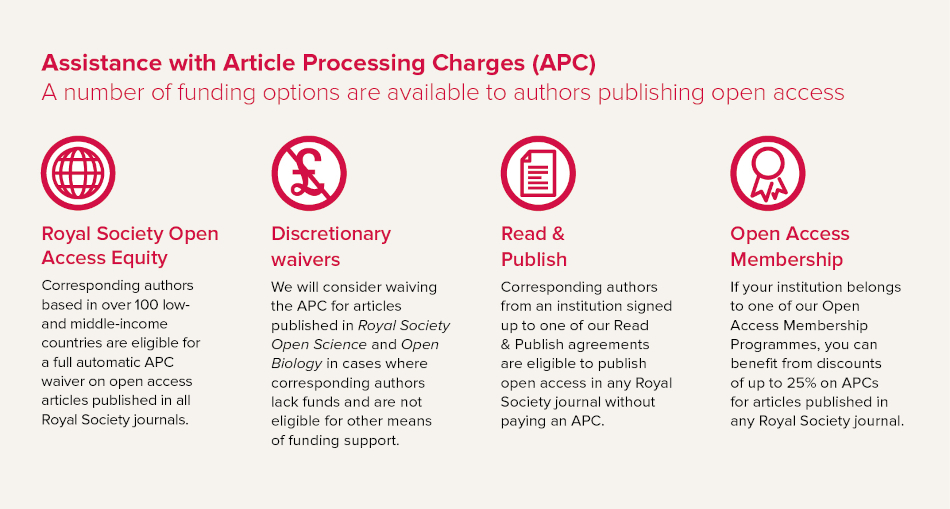
The Royal Society of Chemistry (RSC) has re-evaluated its original intention to transition all its journals to open access (OA) by 2028. Rather than instituting a standardized model, the organization is implementing customized approaches by region, considering local necessities, funding, and infrastructure. This modification addresses the intricate and changing landscape of academic publishing, where some areas are rapidly progressing toward full OA, while others are exploring alternative routes or are not ready for complete OA.
Historically, scientific journals required subscription fees for access, whereas OA journals usually implement a one-time article processing charge (APC) and remove subscription fees. The RSC had initially planned to establish agreements that would allow institutions to pay a flat fee, enabling researchers to publish in its 58 journals without incurring separate APCs. These agreements were designed to vary by region, allowing wealthier nations to contribute more financially.
Nonetheless, several obstacles have prompted the RSC to modify its approach. Factors such as the emergence of AI tools affecting licensing and governance, along with static or shrinking library budgets, have caused institutions to hesitate in committing to long-term OA frameworks. Sara Bosshart, head of open access at RSC, underscores the necessity for a flexible method in light of these uncertainties.
Lynn Kamerlin, a computational biophysicist, points out the challenges associated with the prior model, which depended on per-article APCs. This framework generally inflates costs for prolific authors or institutions and puts smaller entities at a disadvantage, altering the dynamics from research producers to consumers. Regional agreements, while more demanding and intricate to finalize, aim to distribute expenses more fairly and relieve financial strain on authors.
The RSC’s region-specific strategies are earning appreciation for their transparency and proactive survey methods to identify optimal models for various countries. However, challenges persist, including concerns about perceived disparities and heightened administrative costs.
In Europe, where there is strong support for OA, issues with cost distribution and coverage arise. The RSC’s Platinum Consortia model in Germany and partnerships with other European consortia strive to confront these challenges, providing researchers access to both hybrid and fully OA journals under creative commons licenses.
North America shows a more varied landscape, with institutions moving away from APC models towards alternatives like Subscribe to Open (S2O), which allows journals to shift from subscription-based to OA on an annual basis. Financial uncertainties, particularly in the US, complicate these initiatives.
In China, the RSC is navigating the nuanced and evolving views on OA by offering a blend of open and traditional publishing models, aligning with local priorities through over 50 OA agreements.
The RSC’s adaptable regional model represents a progressive step, balancing the necessity for innovation in academic publishing with a pragmatic evaluation of global inequalities and institutional capabilities. While challenges remain, this strategy aspires to facilitate more equitable and sustainable scientific communication.